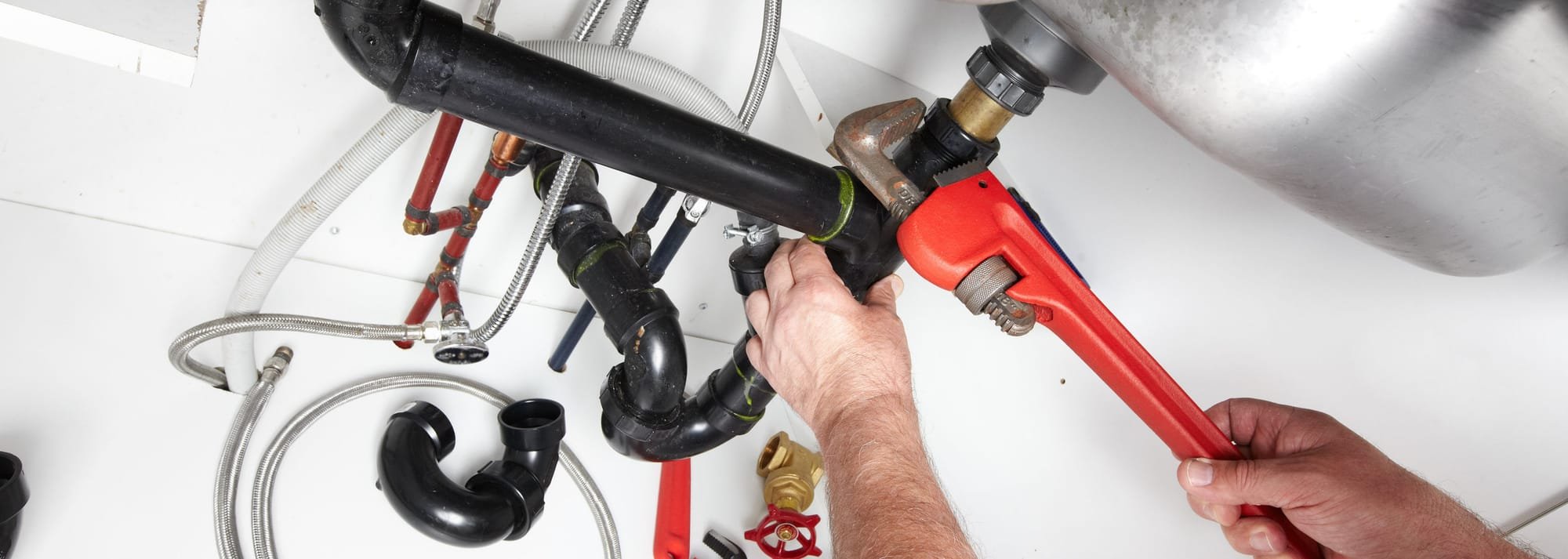10 DIY plumbing ideas that will save you a great deal of time and money
When I first took a seat in the fundamental plumbing workshop at The Goodlife Centre, I didn't have the foggiest idea about anything to do with pipelines, water supply or repairing leaks. And I definitely could not tell you the distinction in between an isolation valve and a ballcock valve.
But by the end of the session, I was an altered lady-- I knew I would never have to call a plumbing once again for the most typical problems to strike the home.
It was all quite beneficial info to shop as basic pipes abilities are essential and can save you a great deal of time and money. Fortunately is that for the large majority of your plumbing problems you do not require to call a plumber-- you can simply do it yourself.
Here are some of the lessons I discovered ...
BASIC PLUMBING
1. Pipes is efficiently all about water in and water out. And there are two kinds of water systems in the house-- direct and indirect. You require to understand which system operates in your home so you can stop or permit the circulation of water in the ideal place. This can also figure out water pressure in your house and will affect how you carry out the plumbing.
2. There are great deals of valves and dicks when it concerns plumbing-- isolation valve, gate valve, stopcock, float valve, syphon valve and ballcock valve, among others. And it's very handy to know the differences.
3. Constantly turn the water off at the seclusion valve when trying to repair a problem in a specific location of the house. You don't want to be captured unawares by abrupt spurts of water from what you're trying to repair.
TAPS
4. When your tap drips from the spout you need to alter the washer, a soft rubber material which is screwed down onto the valve seat. When your tap drips from the collar you need to alter the 'O' ring, a washer found around the top of the spindle.
5. If your tap will not turn on or off, the internal tap system needs to be changed.
6. To discover your method into the internal tap system, you need to loosen the external parts. There are all sorts of tap designs, so it depends upon the make, but the access point can usually be discovered underneath the temperature level indication-- for example, the 'H' or 'C' on top of the hot or cold tap. Simply pop this out and you'll see a screw.
RESEALING A BATH
7. Silicone is a much better option than grout for sealing along your bath, as the previous is more flexible while the latter is more brittle and hard.
8. The best method to get rid of mouldy and blackened sealant is to suffice off with a razor blade or Stanley knife, taking care not to damage the bath. Sealant remover fluids are not as reliable as they promise.
9. And constantly ensure your bath is dry prior to using new sealant.
10. Utilize a sealant gun to apply. An useful tip is to cut the nozzle suggestion at a 45 degree angle so application to the corner of the bath is easier
4 convenient tools to make plumbing easier. You can check here for more information.
PTFE tape: This comes in beneficial when you can't nip to the shop and purchase a brand-new washer or 'O' ring. The product is very flexible and seals itself around the tap system, preventing leaks.
Sealant smoother tool: This enables you to develop a clean, cool finish after sealant applications.
Vinegar: You can utilize this to dissolve all limescale. If you've observed an accumulation on your shower head just position it in a pot of malt vinegar.
And FYI ...
I found out that a seclusion valve stops the circulation of water to a given area and a ballcock valve beings in the toilet's tank and responds to the water levels.
At the end of the workshop, I removed my apron, stored the tools and left feeling pleased with my newfound skills.

